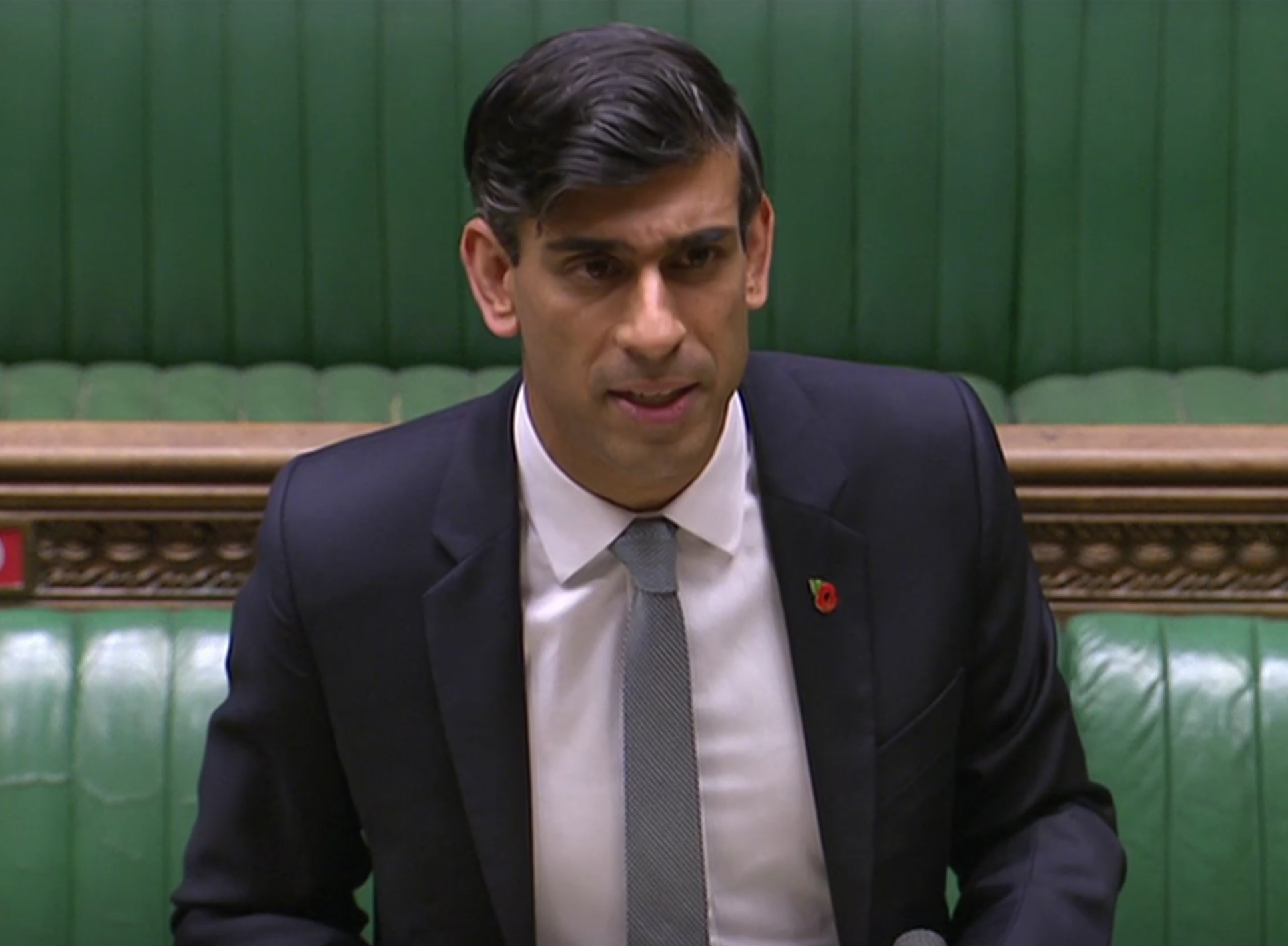The chancellor’s ‘agile’ approach to tackling this pandemic has cost jobs and wasted money
A record number of people were made redundant between July and September, while government support is still going to some who don't need it, Ben Chapman writes


"It is not a weakness to be agile and fast-moving in the face of a crisis but rather a strength."
So said Rishi Sunak last week as he extended the furlough scheme and support for self-employed workers until the end of March.
The chancellor's statement is undoubtedly true but the noble sentiment he expressed is less illuminating than the context in which his words were uttered.
It was the fourth time he had changed his wage subsidy schemes in a six weeks. The Winter Economic Plan delivered on 24 September crumbled under the weight of roughly 20 minutes worth of analysis.
The Job Support Scheme, it turned out, did the opposite of what was required. It gave employers an incentive to get rid of staff rather than to keep them on and temporarily reduce their hours.
So it was made more generous, twice, before a final capitulation which saw the furlough scheme reintroduced just hours before it was due to expire.
We now know that some 314,000 people were made redundant between July and September as the real economic pain inflicted by coronavirus began to be felt. The figure is more than in any other previous quarter.
Given the destruction Covid-19 has caused, it was inevitable more people would lose their jobs. It's true too that some businesses may have used the cover of this crisis to cut wage costs, however cynical that may be. Blame for that cannot be laid at the doors of No 11 Downing Street.
But it is also clear that people have needlessly lost jobs which could have been saved. Employers fighting for their survival cannot make decisions on one of their biggest outgoings - wages - at a moments’s notice.
In what amounts to a concession of its error, the government allowed any worker laid off after its Winter Economic Plan. This will help. But some larger companies will have taken decisions before that deadline, believing the government's avowal that furlough was to end and there would be no negotiation.
Other companies who see their staff as low-skilled and disposable may not bother to bring workers back and put them on furlough, choosing instead to hire anew when business picks up.
Meanwhile, billions of pounds of support is still being handed to people who could probably do without it, yet others who desperately need it are being excluded. Around half a million self-employed workers who are not entitled to support have had no income since March. Others whose income has barely fallen can claim grants.
At the start of the pandemic, when we were flailing around in the dark, unaware of quite what we faced, the government was right to attack the problem with a blunt instrument.
But we are now eight months in. Numerous policy options were laid out as to how support could be better targetted at particular sectors, businesses and jobs. All of them have either been ignored or disregarded.
There are only a limited number of logical explanations for how we’ve ended up back where we started. One is that ministers only planned one economic response; one that was suitable for a country that had vanquished the virus and was getting back on its feet.
Another is that they worked backwards from the premise that costs must be kept down rather than looking at what might actually be needed during a rapidly evolving pandemic.
Neither of these approaches could fairly be described as agile.

Join our commenting forum
Join thought-provoking conversations, follow other Independent readers and see their replies
Comments